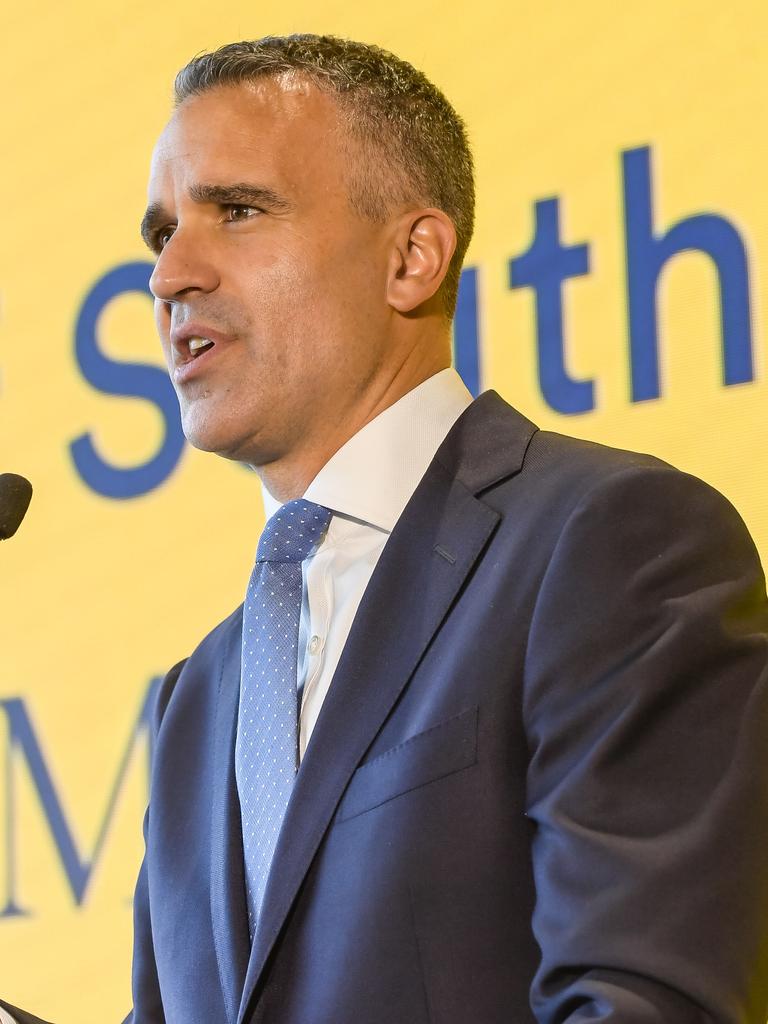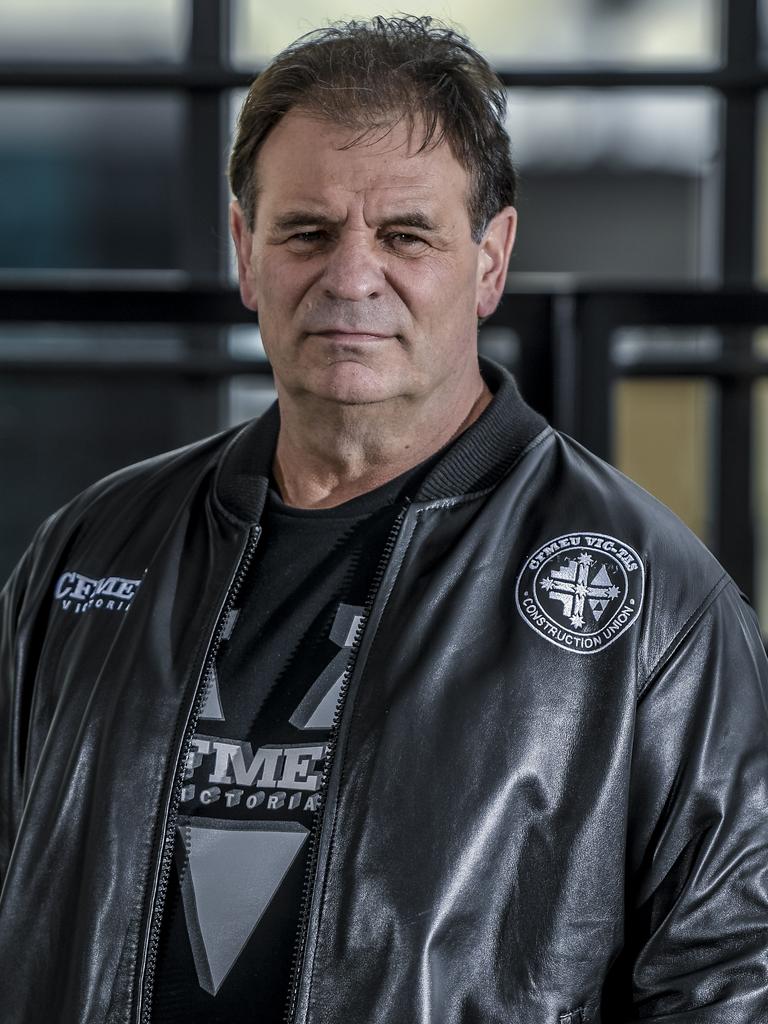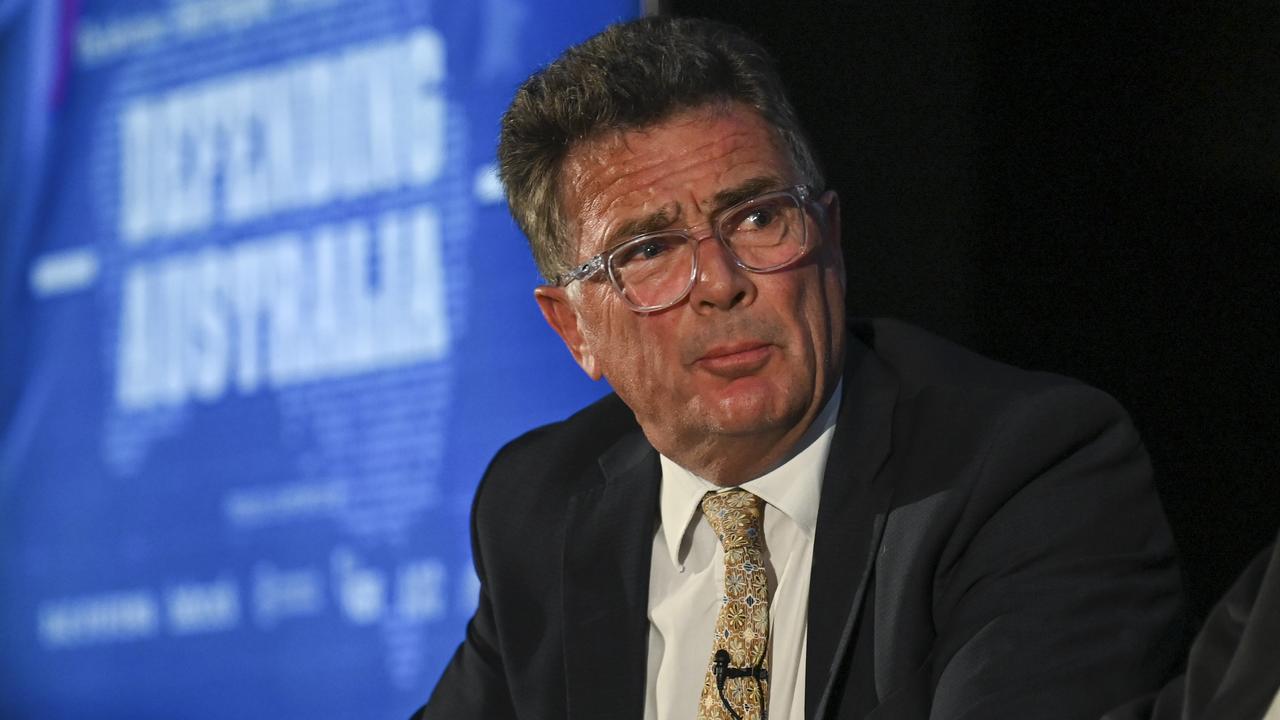Analysis: One of these union men is not like the other – but both wield enormous power | Paul Starick
The militant union leader and the suave Premier Malinauskas are polar opposites but epitomise the extraordinary union influence and power in SA, writes Paul Starick.
Opinion
Don't miss out on the headlines from Opinion. Followed categories will be added to My News.
One is a militant, thuggish union leader who bullies and threatens everyone from the PM down.
The other is a suave, telegenic negotiator – a shop assistants’ union chief who was propelled to the office of Premier by an ambulance union pay dispute.
Together, CFMEU chief John Setka and Premier Peter Malinauskas epitomise the extraordinary – and growing – level of union power and influence in SA.
This envelops the biggest shows in the state – BHP’s Olympic Dam expansion, AUKUS nuclear-powered submarine construction and even the Crows’ Thebarton Oval HQ plans.
Mr Malinauskas is the first former union boss to lead the state in several generations – former Labor premiers John Bannon and Frank Walsh were president of students’ and stonemasons’ unions respectively.
Unlike Mr Setka, Mr Malinauskas’s style involves negotiation and networking. Key business leaders are part of his inner circle of influencers.
As The Advertiser revealed in April, these include Santos chief Kevin Gallagher, BAE Systems Australia managing director maritime Craig Lockhart and hotelier Peter Hurley.


But the Premier’s pro-business stance has not made his state immune from union influences far more sinister than the SDA’s, as Mr Setka’s menacing campaign against the AFL chillingly demonstrates.
Mr Setka is threatening to halt all league-related projects unless umpiring boss Steven McBurney is fired from the league because of his previous employment as the head of the building industry watchdog.
In a telling moment on Thursday, The Advertiser asked Mr Malinauskas if he had a message for Mr Setka relating to the Crows $100m Thebarton Oval redevelopment, Mr Malinauskas said he understood the CFMEU chief had declared there was no suggestion of a threat.
“But even if that was an intention, we would viciously and vociferously oppose it,” he said.
“In respect of the Thebarton project, I think people well know my strong views about this – it just needs to get done.”

The Premier went on to declare: “I think my views about what thoughtful union leadership looks like are somewhat different to Mr Setka’s.”
This is not the only example of union excess, though.
In May, the Australian Manufacturing Workers’ Union (AMWU) personally targeted the chief of AUKUS nuclear-powered and Collins Class submarine builder ASC, Stuart Whiley, lampooning him as the Devil.
The flimsy justification for this reckless personal attack was that Mr Whiley – an ASC veteran of almost 35 years – had gained a hefty pay rise after the government-owned firm in March was named as the joint constructor and sole maintainer of the AUKUS nuclear-powered submarine fleet.
The union was upset that Mr Whiley would neither increase workers’ pay nor meet with them – preferring to leave pay talks to his executive team.
This is an early sign of instability affecting the biggest national enterprise in Australian history – the $368bn nuclear-powered submarine project centred on Adelaide.
Another hugely important project for the state is BHP’s Olympic Dam expansion.
But new industrial relations laws that bolster union power are a threat. BHP chief executive officer Mike Henry in March declared operating costs and productivity would be crucial in deciding the multi-billion dollar expansion plan in SA’s far north, aimed at fuelling an extraordinary global demand for copper.
In a veiled reference to new same job, same pay labour hire laws, he said recent changes affected BHP’s operating costs “not in a good way”.
BHP’s expansion is a centrepiece of Mr Malinauskas’s much-touted State Prosperity project, which he has billed as delivering thousands of jobs.
Unionists like Mr Setka cause enormous damage with their vendettas, not just to the wider movement of workers’ representation. They stifle jobs and economic growth, jeopardising the livelihoods and futures of others for their own sectional interests.
The test for Mr Malinauskas – a former union boss – will be whether he can stare them down for the sake of the state.




